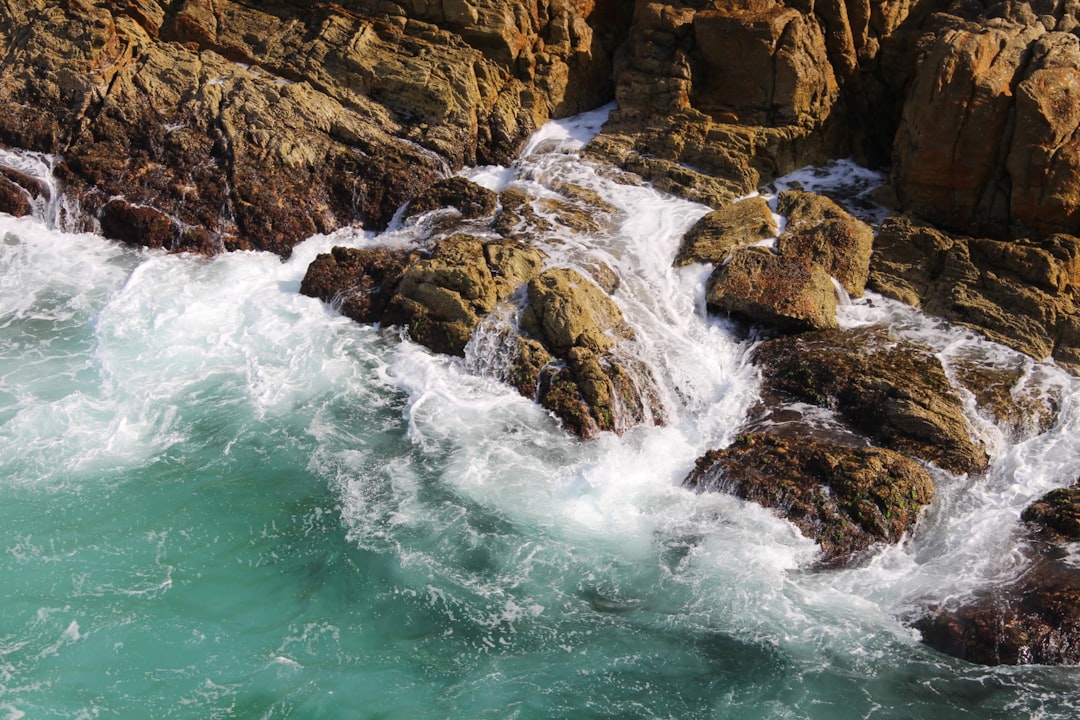What is it about?
Low‐lying tropical coasts fronted by coral reefs are threatened by the effects of climate change, sea level rise, and flooding caused by waves. However, the reefs on these coasts differ widely in their shape, size, and physical characteristics; the wave and water level conditions affecting these coastlines also vary in space and time. These factors make it difficult to predict flooding caused by waves along coral reef‐lined coasts. We created a system (“BEWARE”) that estimates how different wave, water level, and reef combinations can lead to flooding. This tool tells us what information is needed to make good predictions of flooding. We found that information on water levels and waves is most important, followed by the width of the reef. BEWARE can be used to make short‐term predictions of flooding in early warning systems, or long‐term predictions of how climate change will affect flooding caused by waves on coral reef‐lined coasts.
Featured Image
Perspectives
This was my first journal article and is the culmination of my master's thesis. I am passionate about the topic because flooding on low-lying tropical islands is a pressing issue that will only become worse with climate change. We need to be able to make better predictions of this flooding to protect the lives and livelihoods of those living in vulnerable areas, and to help them adapt to future threats.
Mr Stuart G Pearson
Delft University of Technology
Read the Original
This page is a summary of: A Bayesian-Based System to Assess Wave-Driven Flooding Hazards on Coral Reef-Lined Coasts, Journal of Geophysical Research Oceans, December 2017, Wiley,
DOI: 10.1002/2017jc013204.
You can read the full text:
Contributors
The following have contributed to this page










